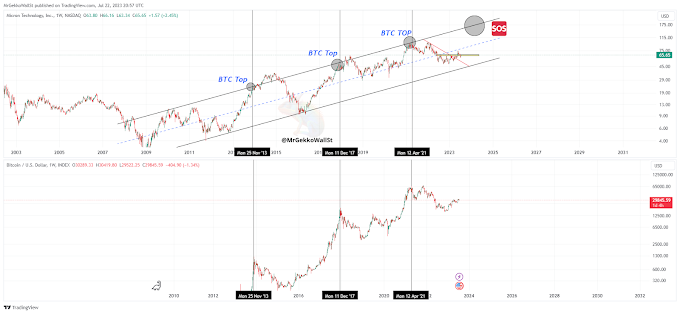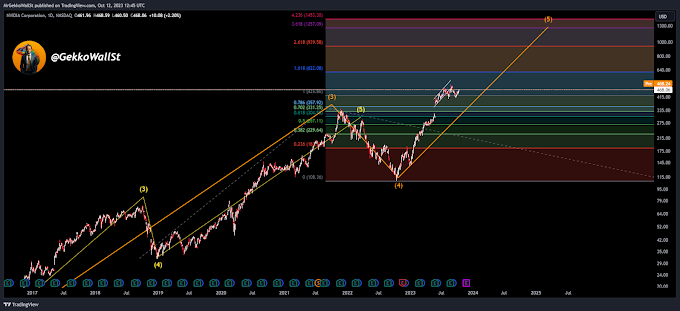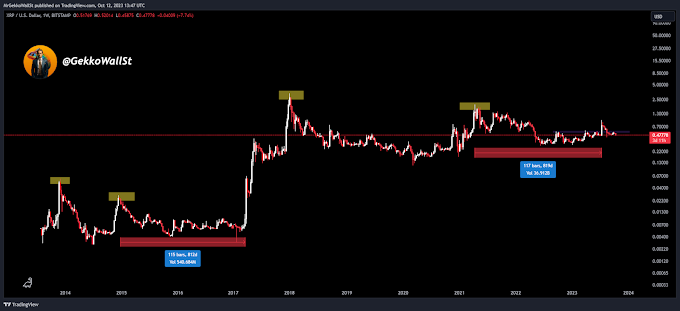In recent times, there has been a noticeable increase in productivity even during periods of economic recession. The last two quarters have shown robust performance, raising questions about changes in the economic landscape. During the 1990s, we witnessed a period of robust productivity accompanied by a recession-free environment. This occurred alongside Federal Reserve (Fed) cuts that maintained higher wages amidst a backdrop devoid of inflationary pressures.
Looking at current economic variables, the question arises as to whether we are facing a new economic paradigm, driven by disruptive factors and technological innovations. The combination of prosperity and the absence of recession may indicate a reconfiguration in traditional dynamics.
The memory of the 90s highlights that economic success results from a holistic approach. How will the Fed respond to current challenges, anticipating nuances in the economic landscape and implementing effective measures to balance stimulus and inflationary containment?
These questions fuel reflection on the future economic landscape, emphasizing the importance of an adaptive approach to unexpected changes. As we witness rising productivity in times of uncertainty, it is crucial to remain attentive to the strategic responses of financial institutions to understand the complexity of this economic cycle.





